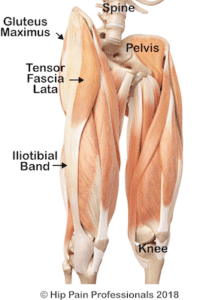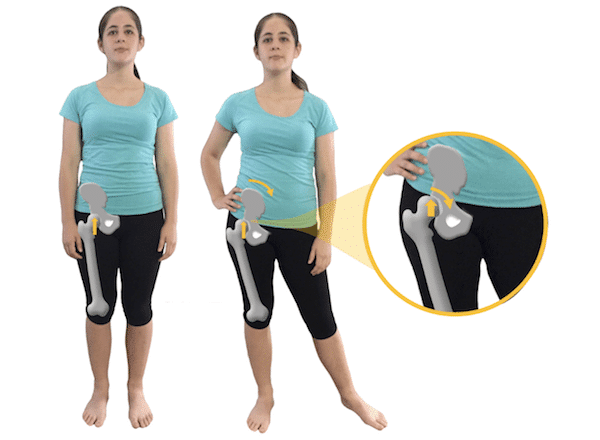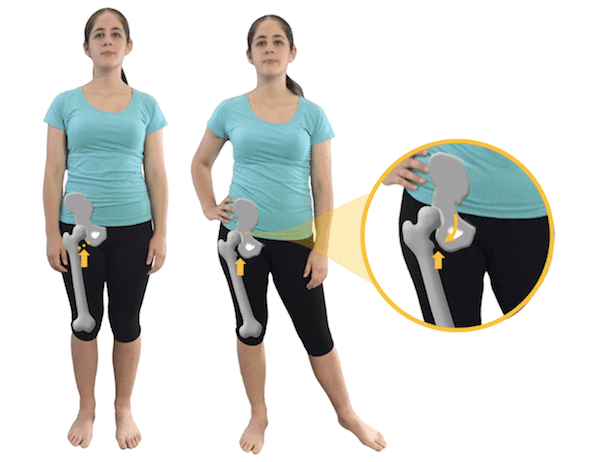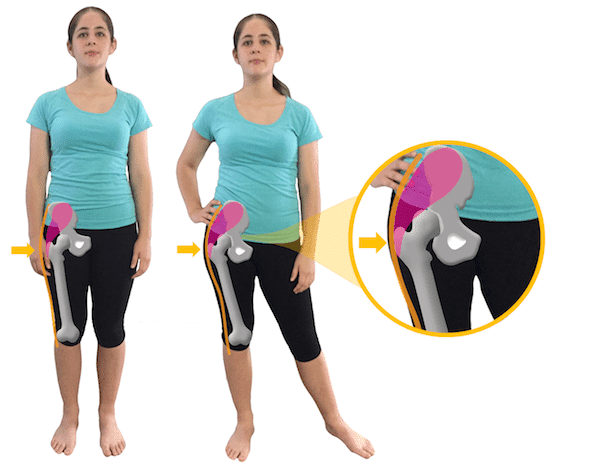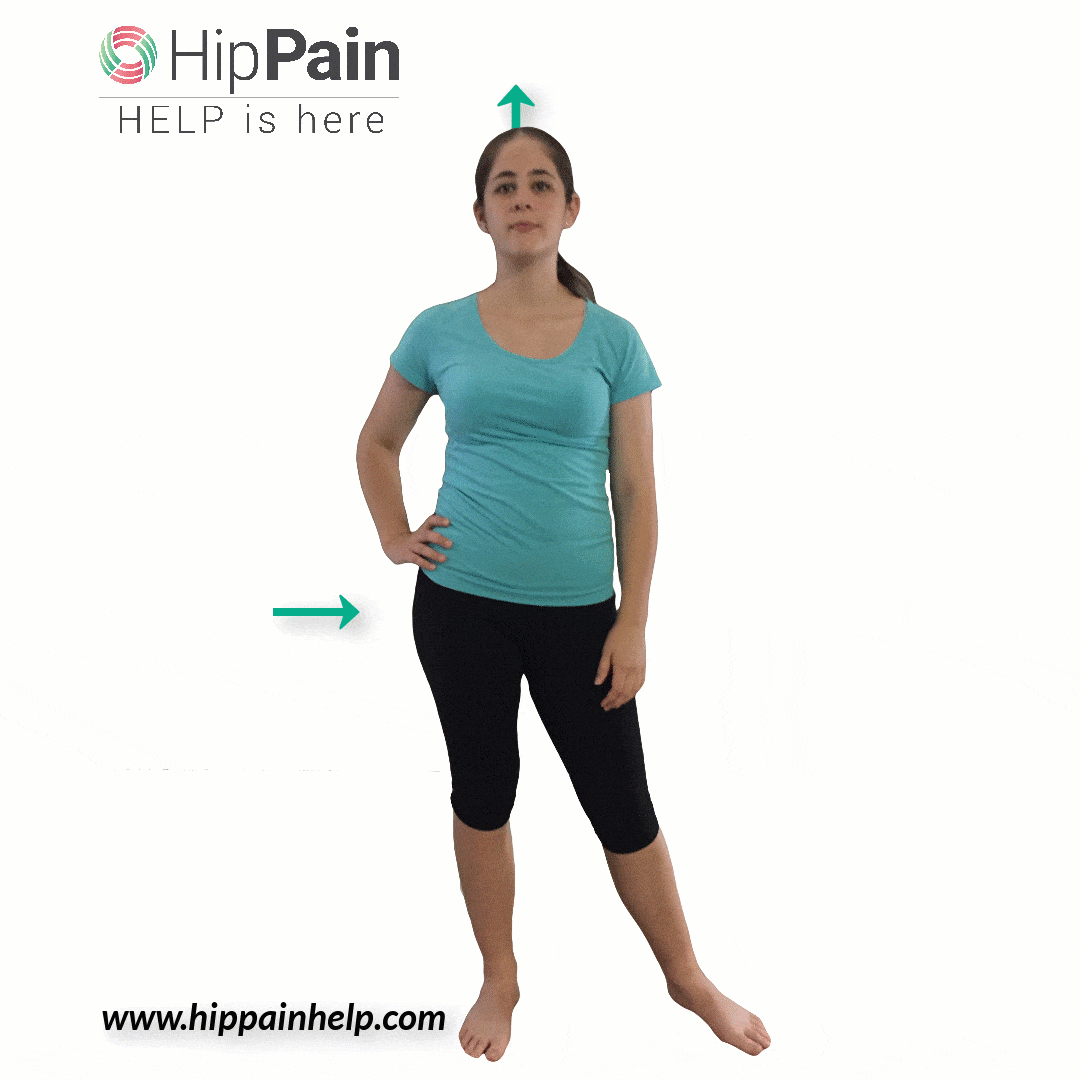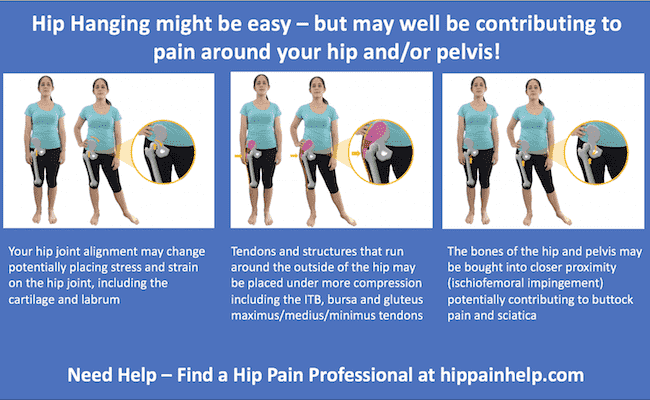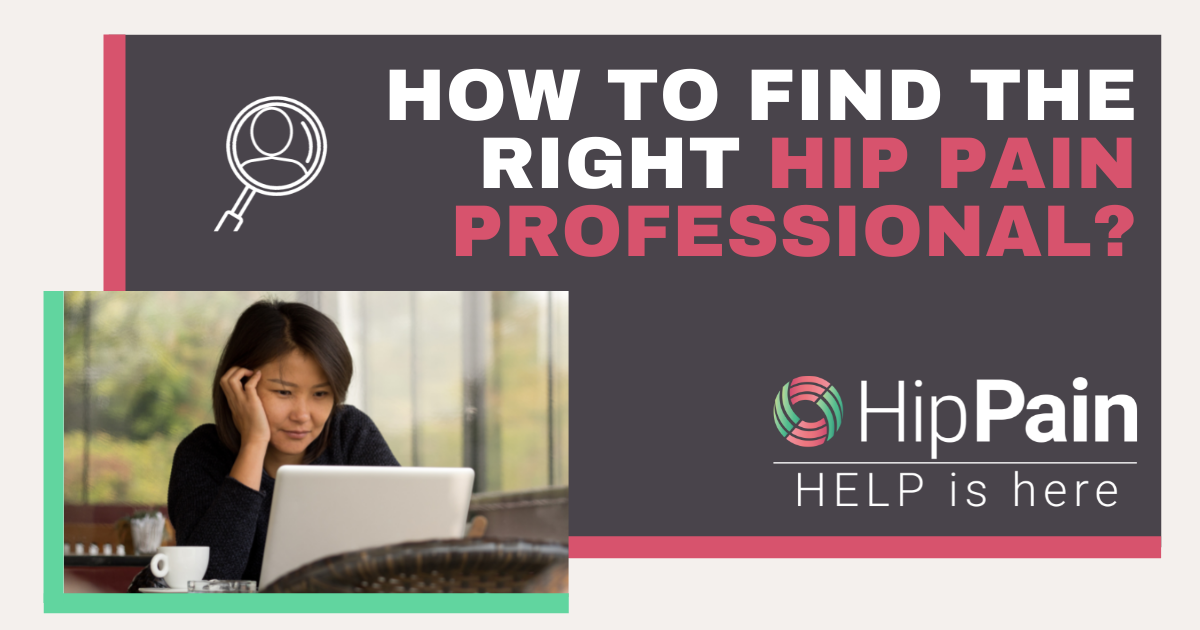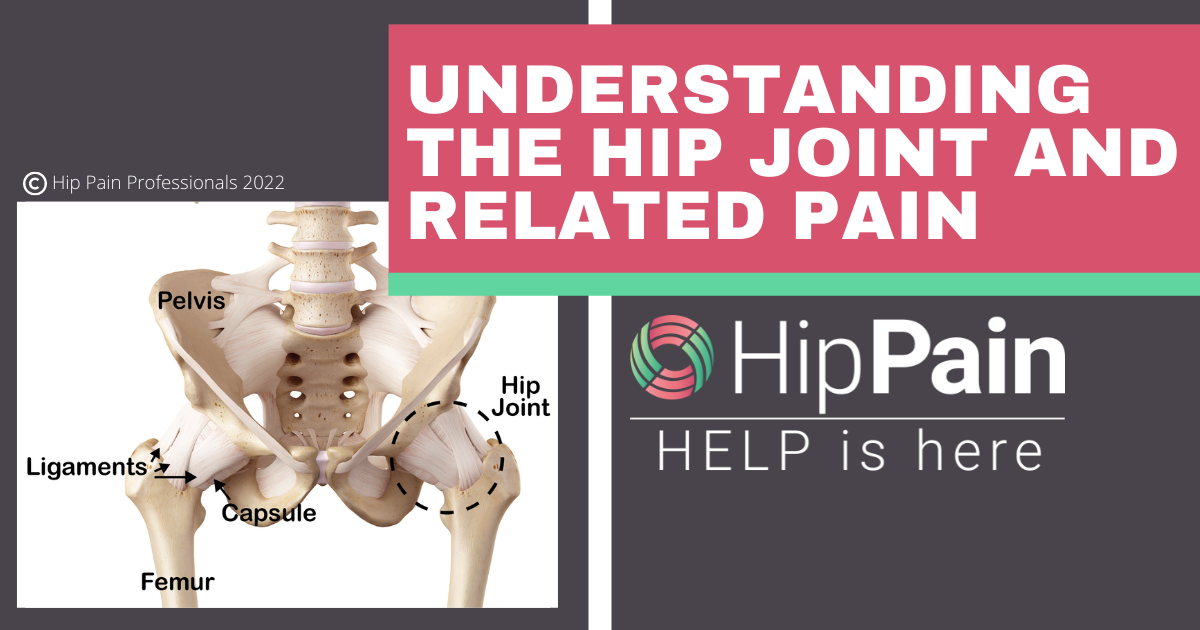
Are You A Hip-Hanger?
Is there such a thing as a better way to stand for hip pain relief?
In the previous blogs, we’ve talked about some common standing postures that may influence the forces crossing the hips and lower back, pain experienced in these regions, and suggestions of how to stand for hip pain relief.
Hip Hanging is Easy – But May Not Be A Good Way to Stand For Hip Pain Relief
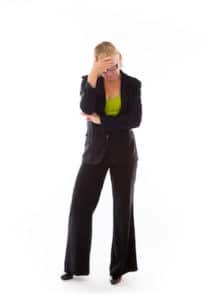
In this blog, we’re going to take a look at another common posture – we call it ‘hanging on the hip.’ Hanging on the hip is where weight is transferred sideways towards one leg and then the bodyweight is allowed to ‘hang’ on this hip. This could be considered a very ‘normal’ posture. If you take a look around at a shopping centre or social function, you’ll see a lot of people standing hanging on their hips. We do this because it’s quite energy efficient. Hip-hanging allows you to hang off the tension in the fibrous ligaments around the hip joint and a long fibrous band (Iliotibial band) at the side of the hip and thigh. This means you don’t have to use as much energy as you would when actively using muscles to hold you up against gravity.

